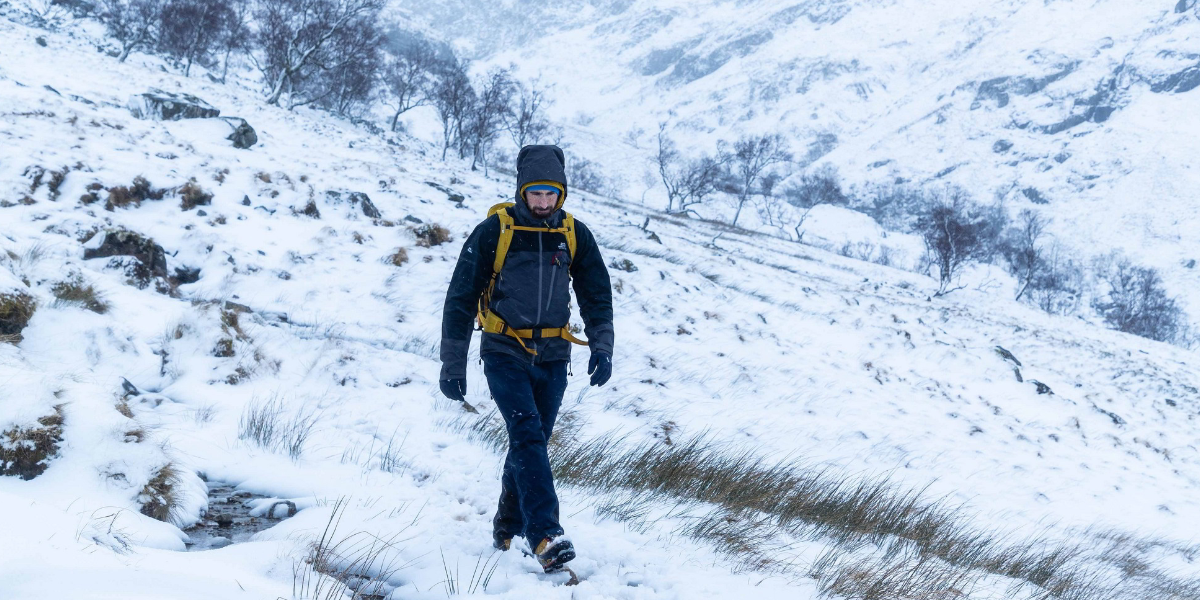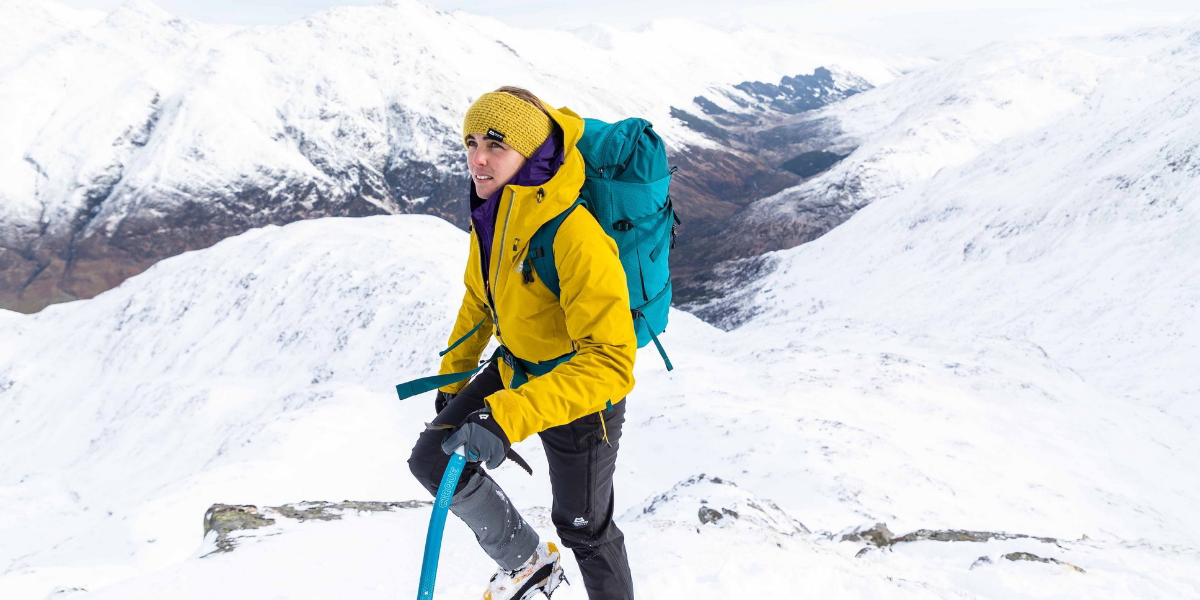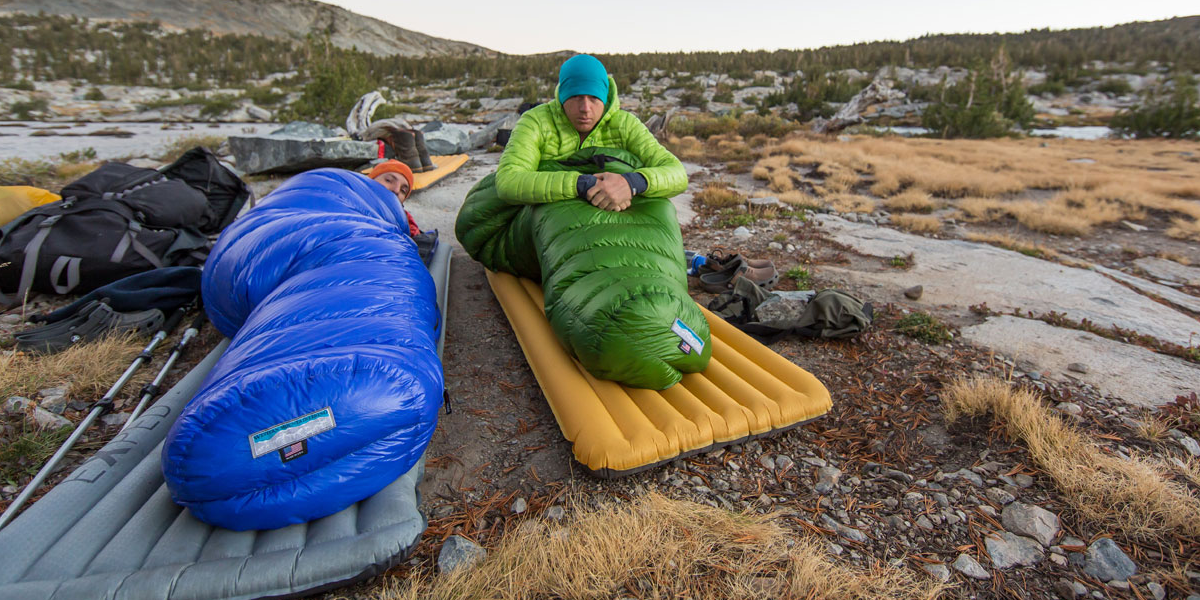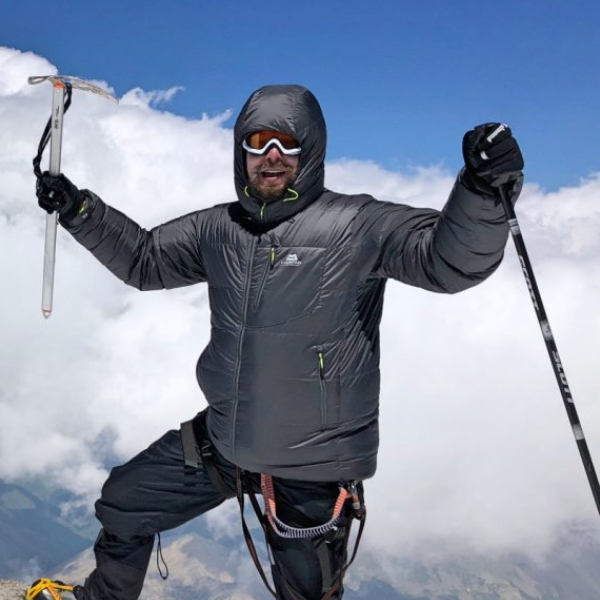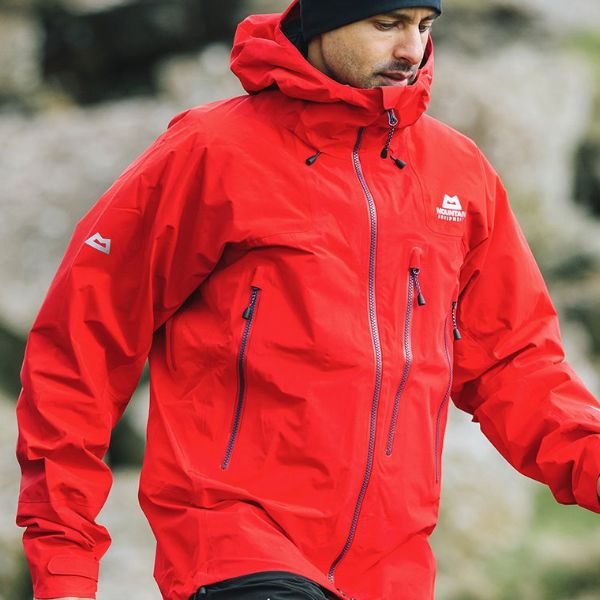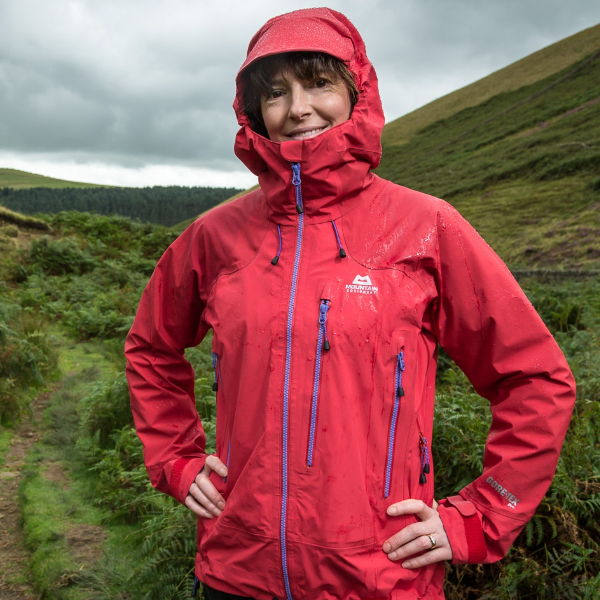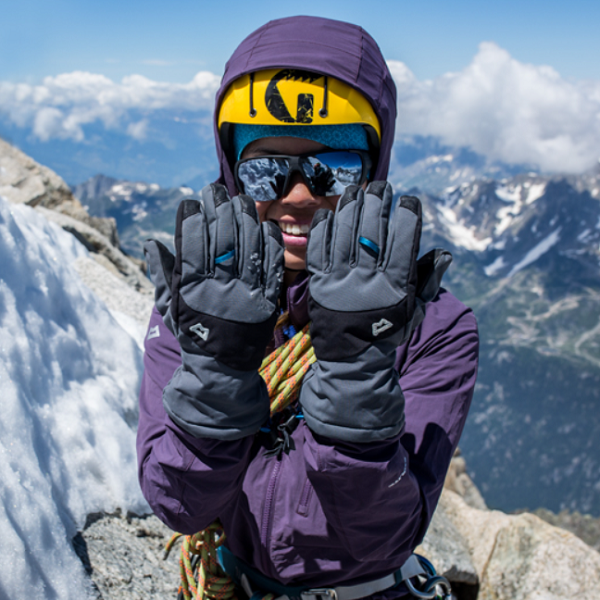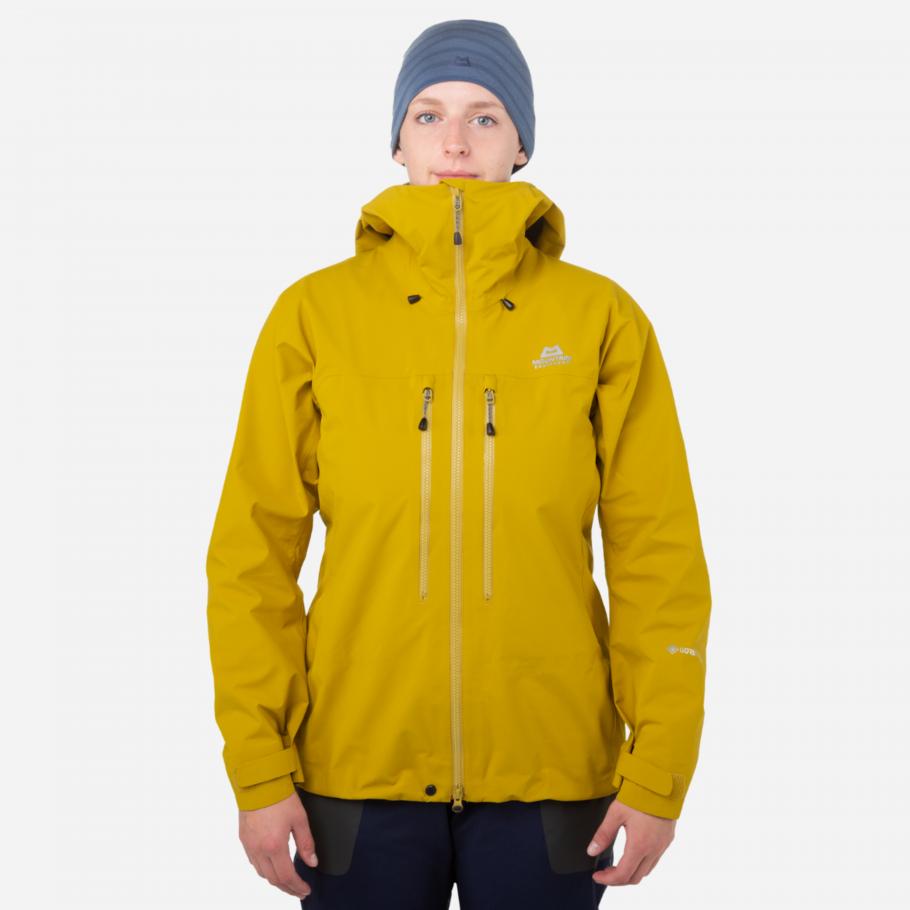Hot Products
-
Sale!

Mountain Equipment Saltoro Men’s Pant | Mens Legwear
$ 198.00$ 88.00 Select options -
Sale!

Mountain Equipment Direkt Gauntlet | Mens|Womens Gloves
$ 212.50$ 83.00 Select options -
Sale!

Mountain Equipment Groundup Mountain Men’s Tee | Mens T-Shirts
$ 59.20$ 35.00 Select options -
Sale!

Mountain Equipment Particle Women’s Jacket | Womens Insulation
$ 212.50$ 83.00 Select options -
Sale!
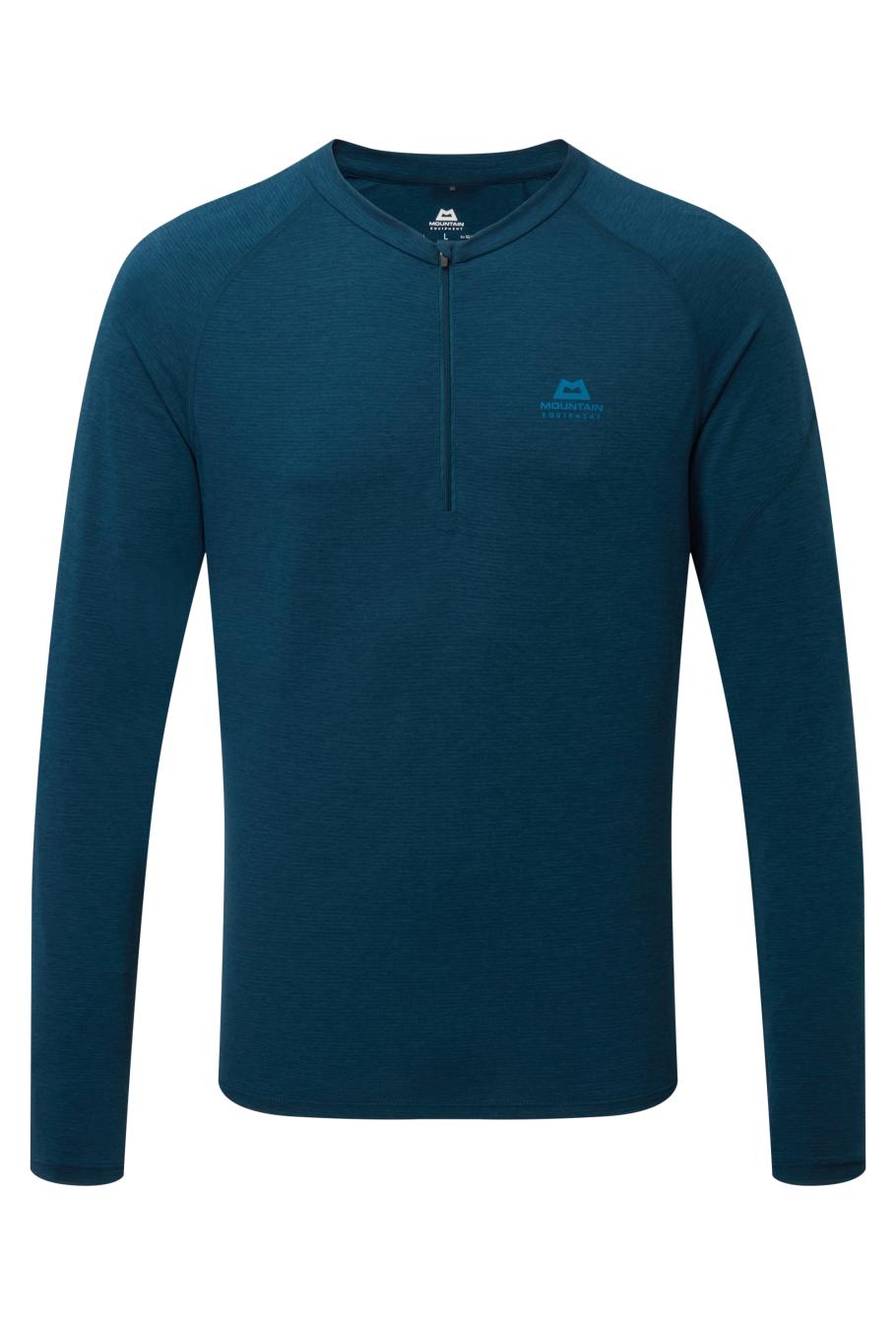
Mountain Equipment Nava LS Men’s Zip T | Mens T-Shirts
$ 110.40$ 44.00 Select options -
Sale!

Mountain Equipment Axe Head Toggle (x2) | Mens|Womens Rucksacks & Bags
$ 35.00$ 12.00 Add to cart -
Sale!

Mountain Equipment Ibex Mountain Men’s Short | Mens Soft Shell
$ 144.00$ 58.00 Select options -
Sale!

Mountain Equipment Polar Expedition Salopette | Mens|Womens Legwear
$ 132.60$ 76.00 Select options
Hot Products
-
Sale!

Mountain Equipment Saltoro Men’s Pant | Mens Legwear
$ 198.00$ 88.00 Select options -
Sale!

Mountain Equipment Direkt Gauntlet | Mens|Womens Gloves
$ 212.50$ 83.00 Select options -
Sale!

Mountain Equipment Groundup Mountain Men’s Tee | Mens T-Shirts
$ 59.20$ 35.00 Select options -
Sale!

Mountain Equipment Particle Women’s Jacket | Womens Insulation
$ 212.50$ 83.00 Select options -
Sale!

Mountain Equipment Nava LS Men’s Zip T | Mens T-Shirts
$ 110.40$ 44.00 Select options -
Sale!

Mountain Equipment Axe Head Toggle (x2) | Mens|Womens Rucksacks & Bags
$ 35.00$ 12.00 Add to cart -
Sale!

Mountain Equipment Ibex Mountain Men’s Short | Mens Soft Shell
$ 144.00$ 58.00 Select options -
Sale!

Mountain Equipment Polar Expedition Salopette | Mens|Womens Legwear
$ 132.60$ 76.00 Select options

